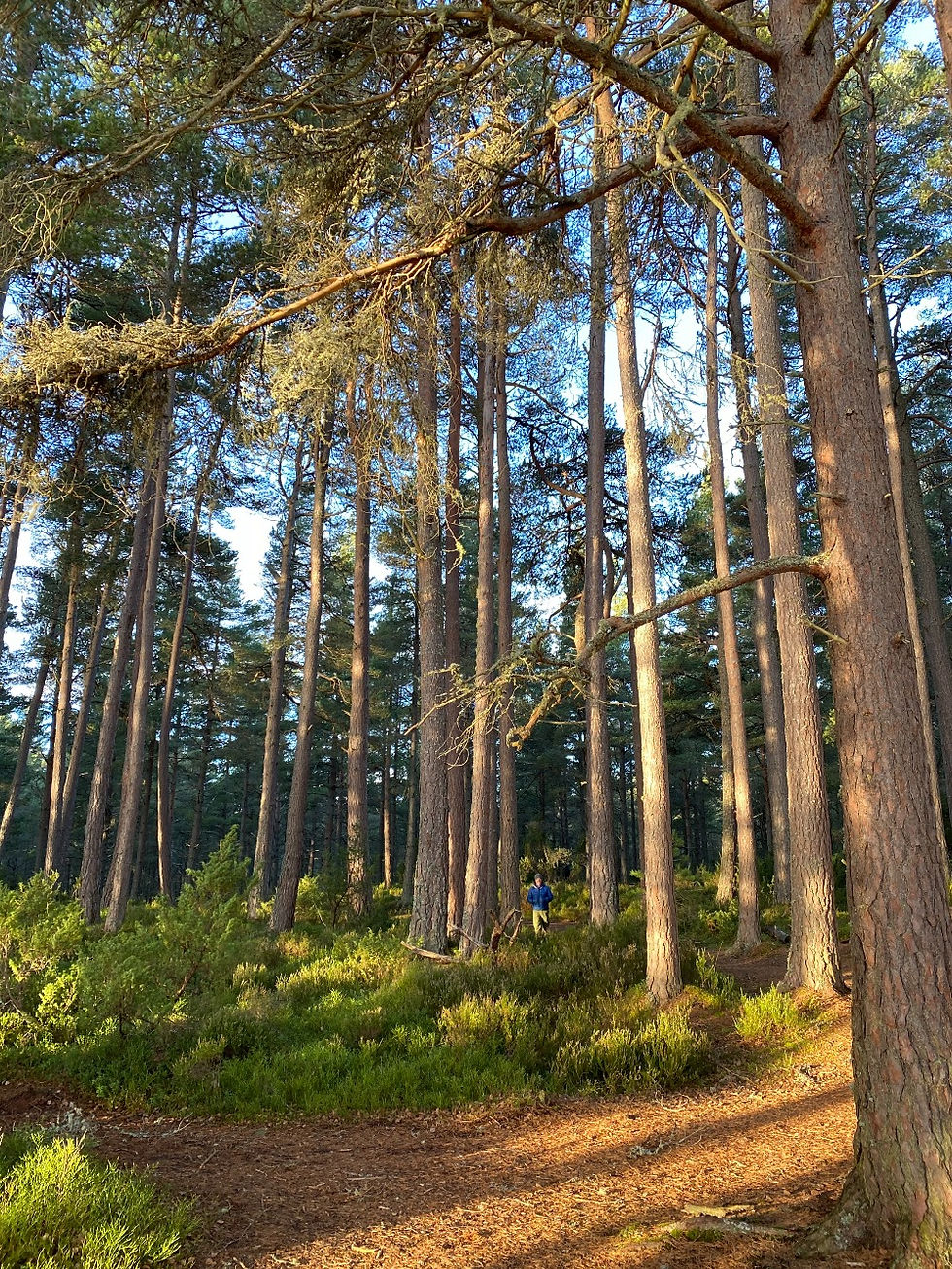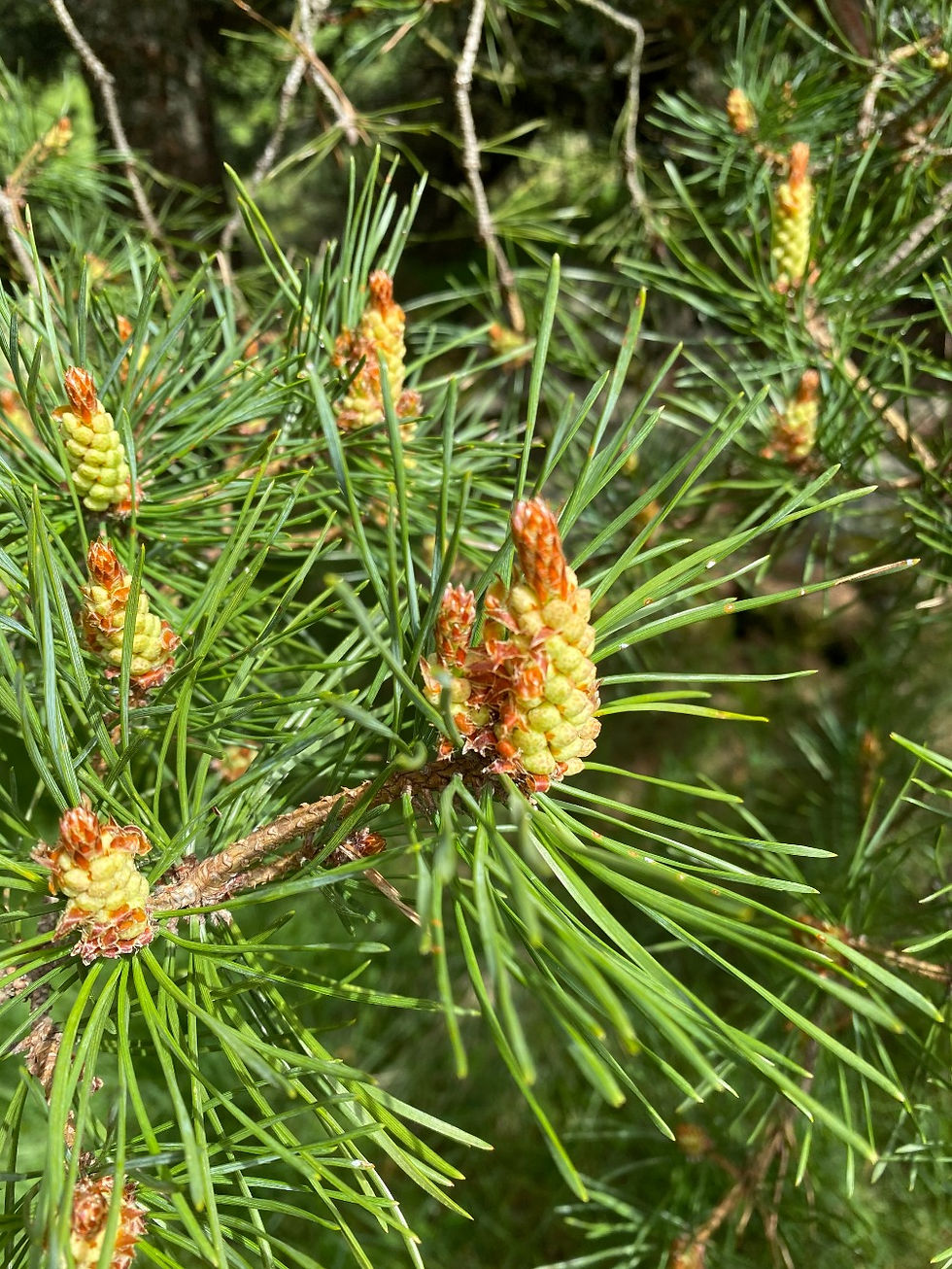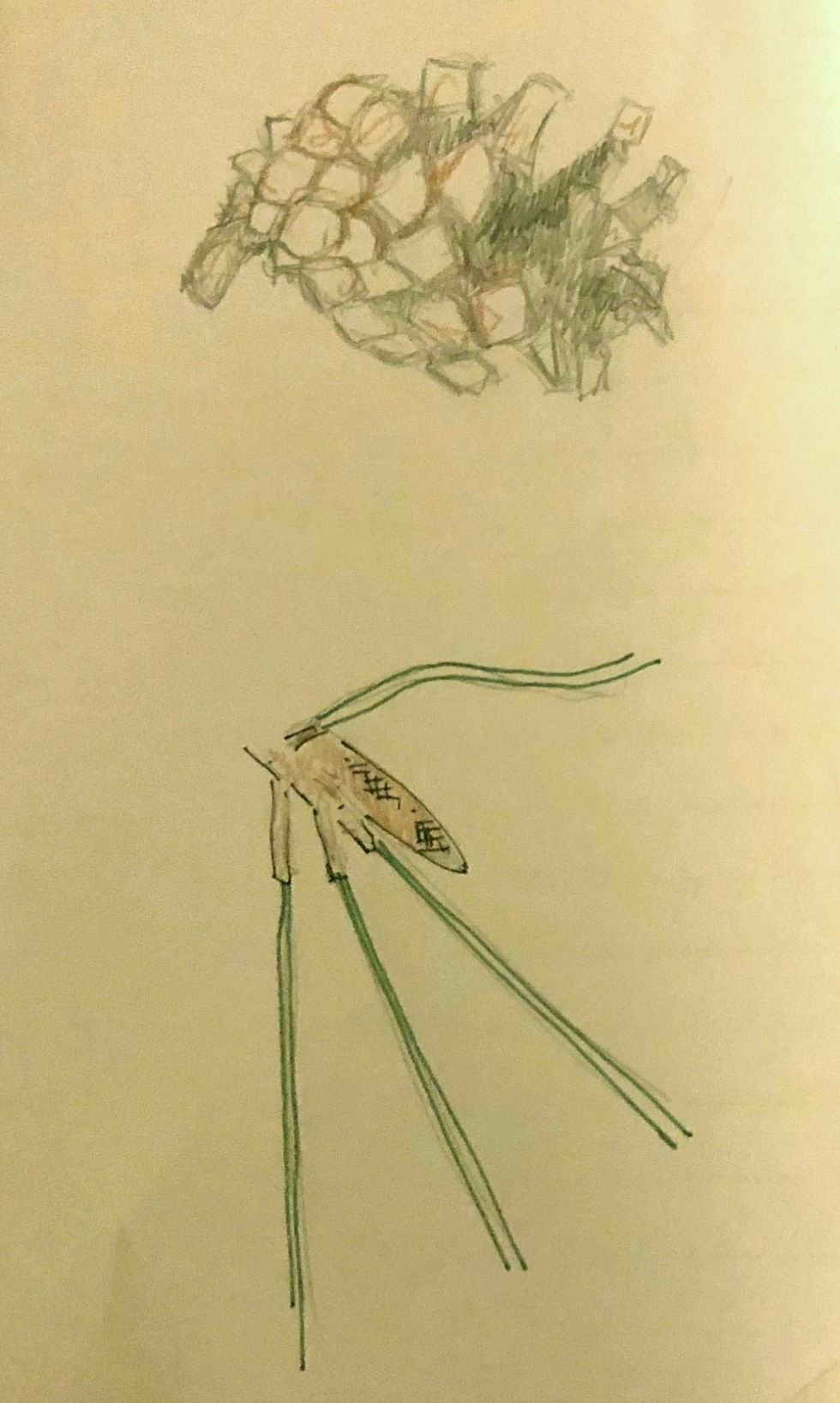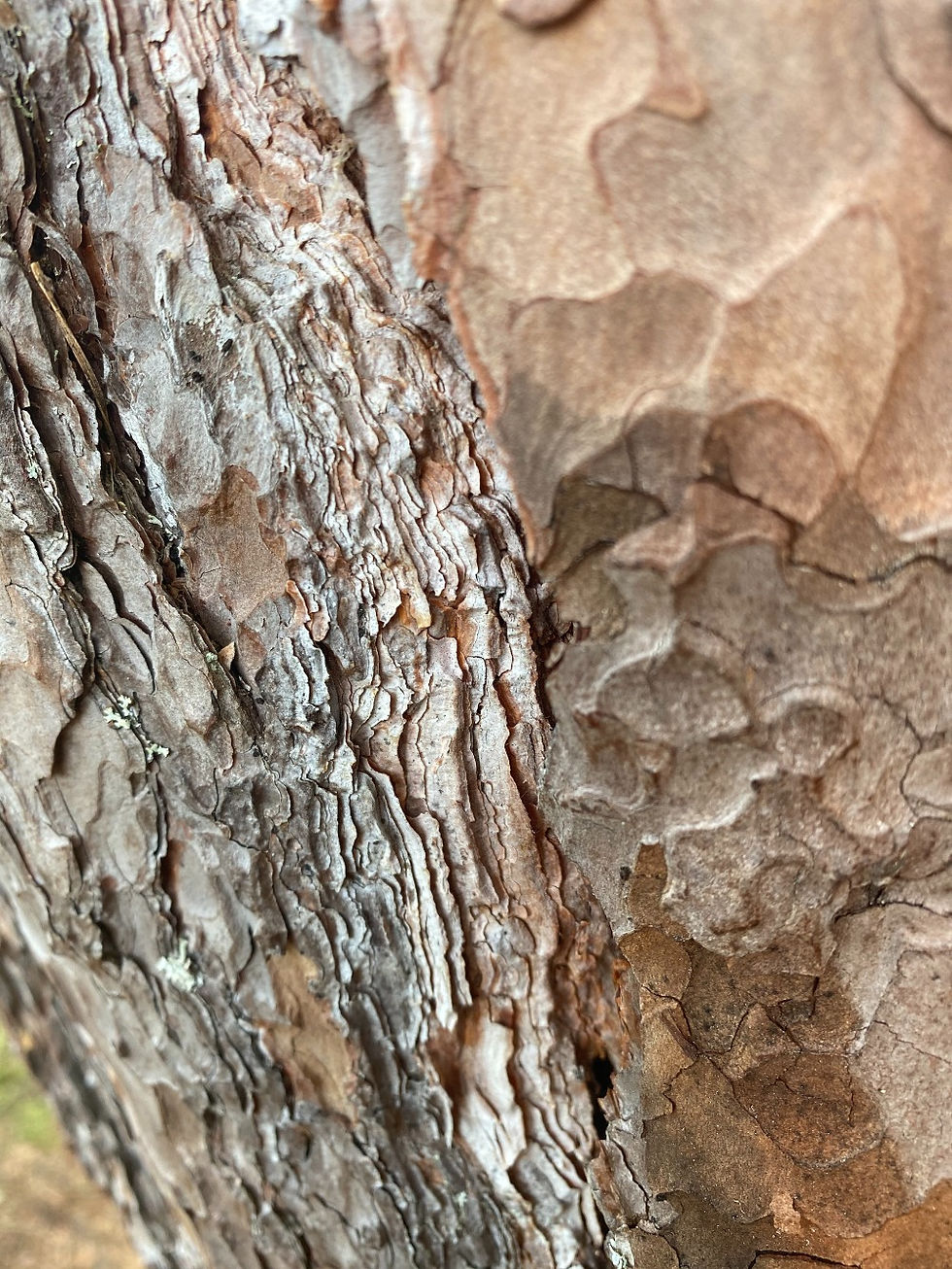Tea Plants - Pine Needle Tea
- highlandquietlife
- Dec 27, 2020
- 3 min read
Scots Pine (Pinus sylvestris) Gaelic - Guibhas (goo-ass)
Family - Pinaceae
Genus - Pinus
Species - P. sylvestris
To bring our Forest Bathing sessions to a close, it’s tradition we take tea and snacks together, with the tea being made from the land around us when possible. This final stage allows us to ingest part of the land, give thanks and give something back; reciprocity.

Living in the Cairngorms National Park, we have one of the largest remnants of the ancient Caledonian Pine Forest right on our doorstep. Big tall Scots Pines, gnarly ‘Grannies’ and young springy new trees surround us; breathing their natural goodness into the air around us.

With Scots Pines forming such a large part to our landscape, they are my ‘go to’ tea plant, especially in the winter. At this time of year their needles are thick and a rich, blue-green, whereas in the spring, their delicate and bright green shoots, start to decorate the tips of each branch, promising new growth and bringing a brightness and sweetness to the tea; as the days get warmer the heat causes the mature pinecones to ‘pop’ as the heat lets them know it’s time to open, releasing their seeds – a magical sound of spring....pop pop pop!

Scots Pine, one of our three native conifers are widely found in our National Park. They can be identified by the thick bark on their trunks, a scaly dark-brown which gets thinner, flakier and increasingly orange the farther up the trunk. Its shoots or needles, are spirally arranged with a scale like pattern, growing up to 5cm, grouped in pairs and the seed cones are red, turning to a pale brown, 3-7.5cm in size. A mature tree can reach 35m, with a trunk of up to 1m in diameter and the older and gnarlier they get they become known as ‘Grannie’ pines.

Method…
To make this vitamin C-packed tea, I pick a small handful of pine needles from their woody stalks; the younger (brighter green) the better but you can pick all year round. Steep in hot water for up to 25 minutes; if you’ve not sampled it before start with 15 and adjust it to personal taste. You may like to experiment by adding a dribble of honey or slice of lemon. The first time I made it, I was worried it would taste like disinfectant, but it doesn’t, just a pleasant aroma of the forest and a gentle, bright taste. Adding a few woody stalks to the brew can bring a slight coconut flavour to the cup.
Health Benefits…
Pine needle tea is rich in vitamin C, was a traditional remedy for scurvy and can help boost the immune system, combine this with the vitamin A it contains and it can be good for your eye health and vision.
Contraindications and things to be wary of…
There are no known side effects, however, it may cause an allergic reaction in sensitive people, mainly skin irritation when applied topically. It is best to avoid drinking this tea when pregnant. During brewing the needles will release pine oil which may cause vomiting or stomach upset in some people.
Do not use the brown needles that have already fallen to the ground.
DISCLAIMER - Ensure you are 100% confident you have identified your Scots Pine correctly and if in doubt don’t use it or ask someone who 'knows their trees'. Most pines can be used to brew tea but avoid Cypress and Yew as these are poisonous but can be confused with pine.
Look for the pairs of needles to help identify a Scots Pine!


Comments